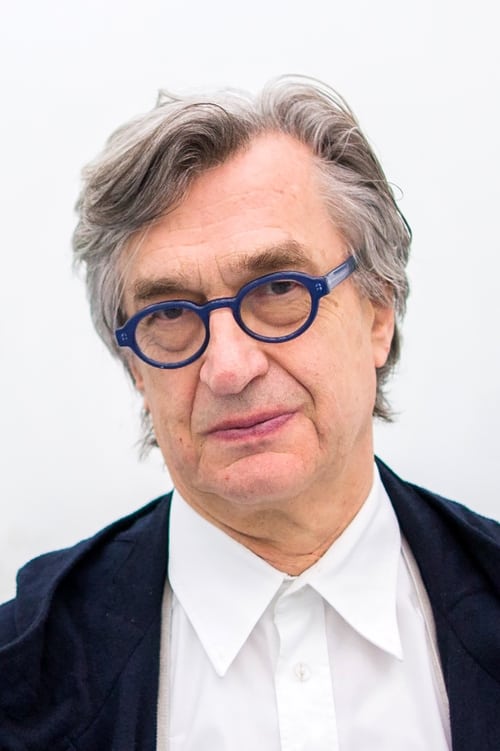Edward Hopper and the Blank Canvas (2012)
Gênero : Documentário
Runtime : 52M
Director : Jean-Pierre Devillers
Sinopse
The many references in contemporary film to Edward Hopper's works, as well as the widespread reproduction of some of his paintings have made his universe familiar to many. His unclassifiable figurations weave a dialogue between appearances and light, between the unmistakeable and enigma. Focusing on the artist's personal life in the context of 20th century America, "Edward Hopper and the Blank Canvas" bears witness to a fiercely independent painter, who was aware of the issues of his era, and who was hostile to the imprisonment that a modern American art opposing realism and abstraction could lead him to. This film brings the artist to life, transposing his realist and metaphysical poetry. It is a subtile and passionate work, which at last unveils one of the most important painters of American modernity.

Katharine Watson (Julia Roberts) é uma recém-graduada professora que consegue emprego no conceituado colégio Wellesley, para lecionar aulas de História da Arte. Incomodada com o conservadorismo da sociedade e do próprio colégio em que trabalha, Katharine decide lutar contra estas normas e acaba inspirando suas alunas a enfrentarem os desafios da vida.

Ano de 1814. Cidade de Edo (atual Tokyo). Um artista já realizado em vida e agora de meia idade, Tetsuzo tem em suas mãos clientes de todo japão e incansavelmente trabalha em sua "cheio-de-lixo" e caótica casa/ateliê. Ele passa seus dias criando incríveis obras de arte, desde um retrato gigantesco de Bodhidharma em 180 m² de papel, a dois pardais pintados em um grão de arroz. De temperamento curto, extremamente sarcástico, sem paixão por motivo ou dinheiro, ele investiria uma fortuna por qualquer trabalho que ele tivesse realmente interessado. Terceira das quatro filhas de Tetsuzo e nascida de seu segundo casamento, autodeclarada de 23 anos, O-Ei herdou o talento de seu pai e teimosia, várias das vezes ela quem pintava ao invés do pai, mesmo que descreditada. Sua arte é tão poderosa que algumas vezes gerava problemas.

Tim Jenison, a Texas based inventor, attempts to solve one of the greatest mysteries in all art: How did Dutch Master Johannes Vermeer manage to paint so photo-realistically 150 years before the invention of photography? Spanning a decade, Jenison's adventure takes him to Holland, on a pilgrimage to the North coast of Yorkshire to meet artista David Hockney, and eventually even to Buckingham Palace. The epic research project Jenison embarques on is as extraordinary as what he discovers.

A rainha Elizabeth I visita a Grã-Bretanha do final do século XX para encontrar uma paisagem deprimente onde a vida mudou desde seu tempo.
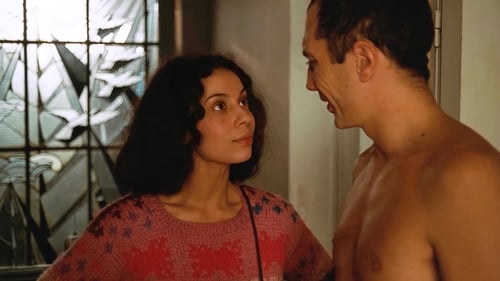
A estudante de arte Sabine está cansada da vida livre e fácil de solteira e decide que quer se casar. Em uma festa de casamento, ela conhece Edmond e planeja um romance na própria cabeça, visto que ele não está propriamente interessado.
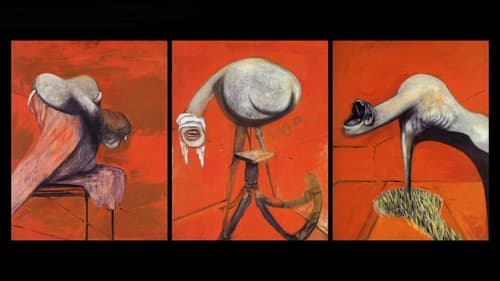
In this unique, compelling film, those who knew him speak freely, some for the first time, to reveal the many mysteries of Francis Bacon.

An account of the life and work of Swiss painter, sculptor, architect and designer H. R. Giger (1940-2014), tormented father of creatures as fearsome as they are fascinating, inhabitants of nightmarish biomechanical worlds.
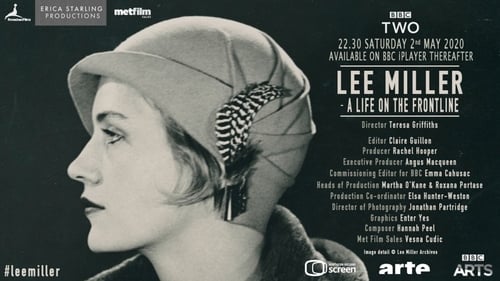
A documentary celebrating Lee Miller, a model turned photographer turned war reporter who defied anyone who tried to pin her down, put her on a pedestal or pigeonhole her in any way. The film's director, Teresa Griffiths, and editor, Clare Guillon, won the 2021 British Academy Television Craft Awards for Factual programs.

For more than a decade, Reichsmarschall Hermann Göring, Adolf Hitler's right-hand man during the infamous Third Reich, assembled a collection of thousands of works of art that were meticulously catalogued. Why did he steal entire collections, mainly those belonging to Jewish families, ultimately victims of the Shoah? Was it to satisfy his aesthetic ambitions and his insatiable personal greed or was he acting in the common interest of the Nazi rulers?

Exhibition on Screen's latest release celebrates the life and masterpieces of Hieronymus bosch brought together from around the world to his hometown in the Netherlands as a one-off exhibition. With exclusive access to the gallery and the show this stunning film explores this mysterious, curious, medieval painter who continues to inspire today's creative geniuses. Over 420,000 people flocked to the exhibition to marvel at Bosch's bizarre creations but now, audiences can enjoy a front row seat at Bosch's extraordinary homecoming from the comfort of their own home anywhere in the world. Expert insights from curators and leading cultural critics explore the inspiration behind Bosch's strang and unsettling works. Close-up views of the curiosities allow viewers to appreciate the detail of his paintings like never before. Bosch's legendary altarpieces, which have long been divided among museums, were brought back together for the exhibition and feature in the film.
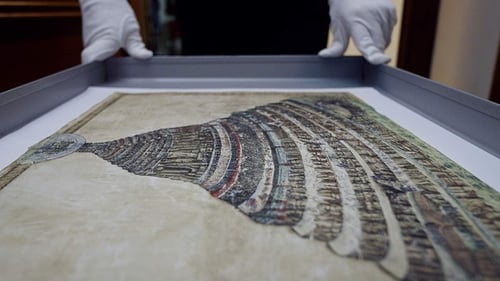
The Renaissance master Botticelli spent over a decade painting and drawing hell as the poet Dante described it. The film takes us on a journey through hell with fascinating and exciting insights into Botticelli's art and its hidden story.
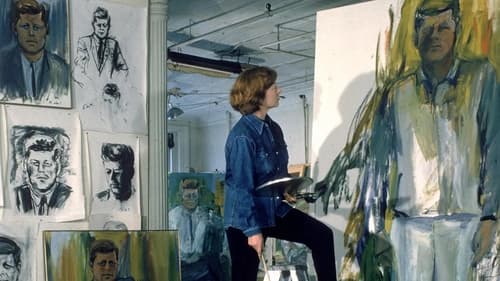
We go behind the scenes and into the minds of artists as they capture, commemorate, and, at times, condemn our presidents.

Mircea Eliade was a traditionalist Romanian novelist and philosopher. Following the disaster of the Second World War, he moved to Paris and Chicago, becoming a respected and influential historian of religions. He acquired something of the status of a guru, as poignantly told in the 1987 documentary Mircea Eliade et la redécouverte du sacré. The film features interviews with Eliade at the end of his life, artfully spliced with cuts to religious imagery on a background of moving spiritual music. It was released in 1987, the year after his death.

Claude Monet was an avid horticulturist and arguably the most important painter of gardens in the history of art, but he was not alone. Great artists like Van Gogh, Bonnard, Sorolla, Sargent, Pissarro and Matisse all saw the garden as a powerful subject for their art. These great artists, along with many other famous names, feature in an innovative and extensive exhibition from The Royal Academy of Arts, London.

After the untimely death of his 35-year old brother, an artist explores the questions that surfaced from grief by painting 365 paintings and to spur conversation in culture.

Art historian Alastair Sooke traces the humanization of the Devil figure in medieval art from the tenth to the fourteenth centuries.
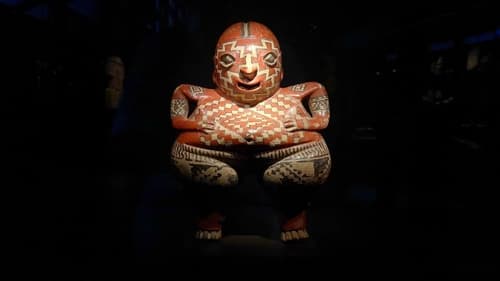
Many twentieth century European artists, such as Paul Gauguin or Pablo Picasso, were influenced by art brought to Europe from African and Asian colonies. How to frame these Modernist works today when the idea of the “primitive” in art is problematic?

After the tragic death of her daughter Lily, Hannah searches for ways to reconnect and process her grief through increasingly daring and innovative artistic expression. Hannah becomes obsessed with death, children and duality, to the point at which sudden appearances of Lily’s ghost and Hannah’s own doubles begin to manifest - possibly from her imagination or perhaps from the fringes of reality. Diving deep into her art, using unprecedented photographic techniques, Hannah teeters on the edge of madness as she struggles to come to terms with her loss. Inspired by the life of photographer Hannah Maynard (1834-1918).

This made-for-TV documentary introduces the layperson to concepts and technologies that were emerging in computer interface design in the late 1980s and early 1990s: hypertext, multimedia, virtual assistants, interactive video, 3D animation, and virtual reality.

The inner world of the great painter Max Ernst is the subject of this film. One of the principal founders of Surrealism, Max Ernst explores the nature of materials and the emotional significance of shapes to combine with his collages and netherworld canvases. The director and Ernst together use the film creatively as a medium to explain the artist's own development.

